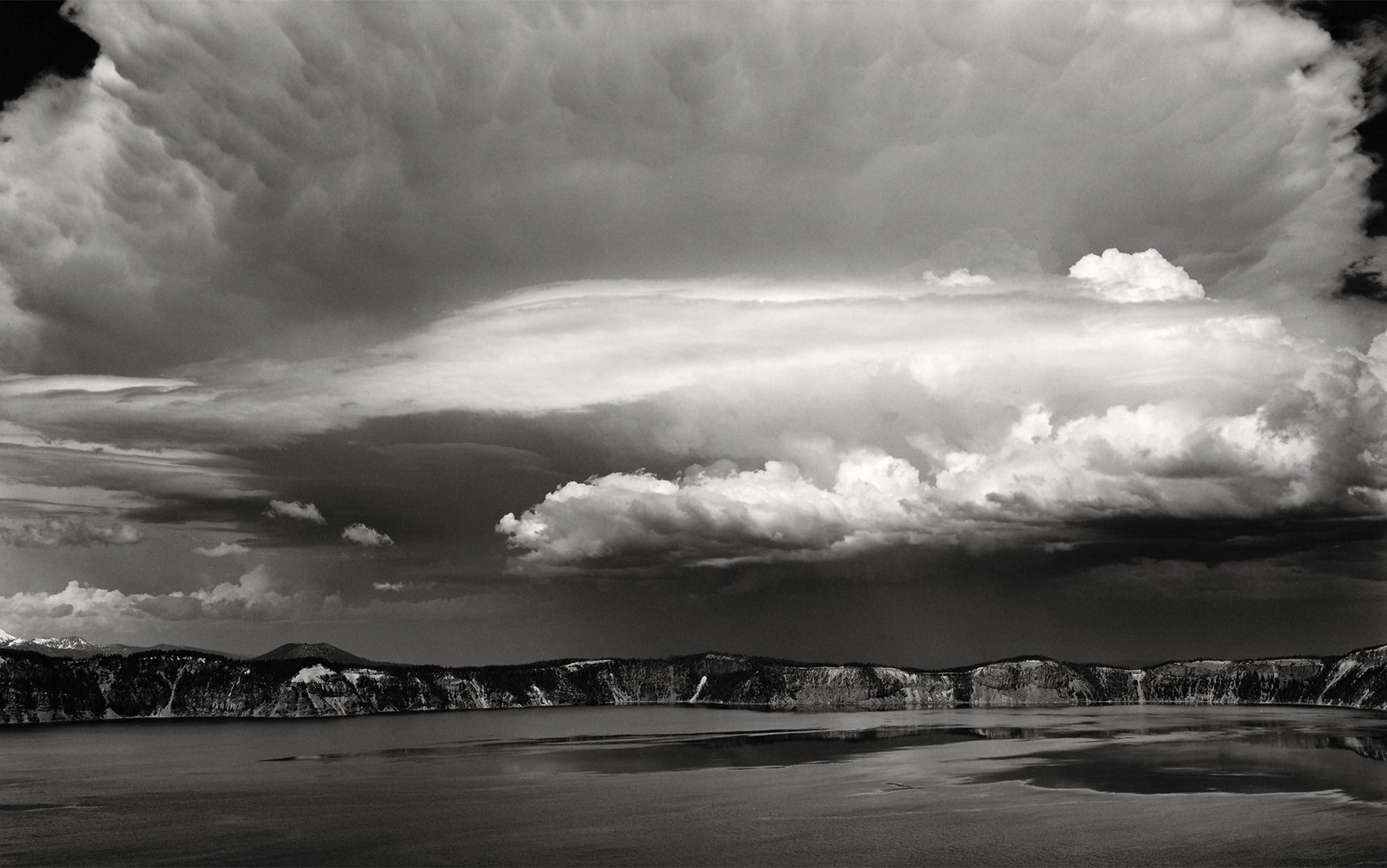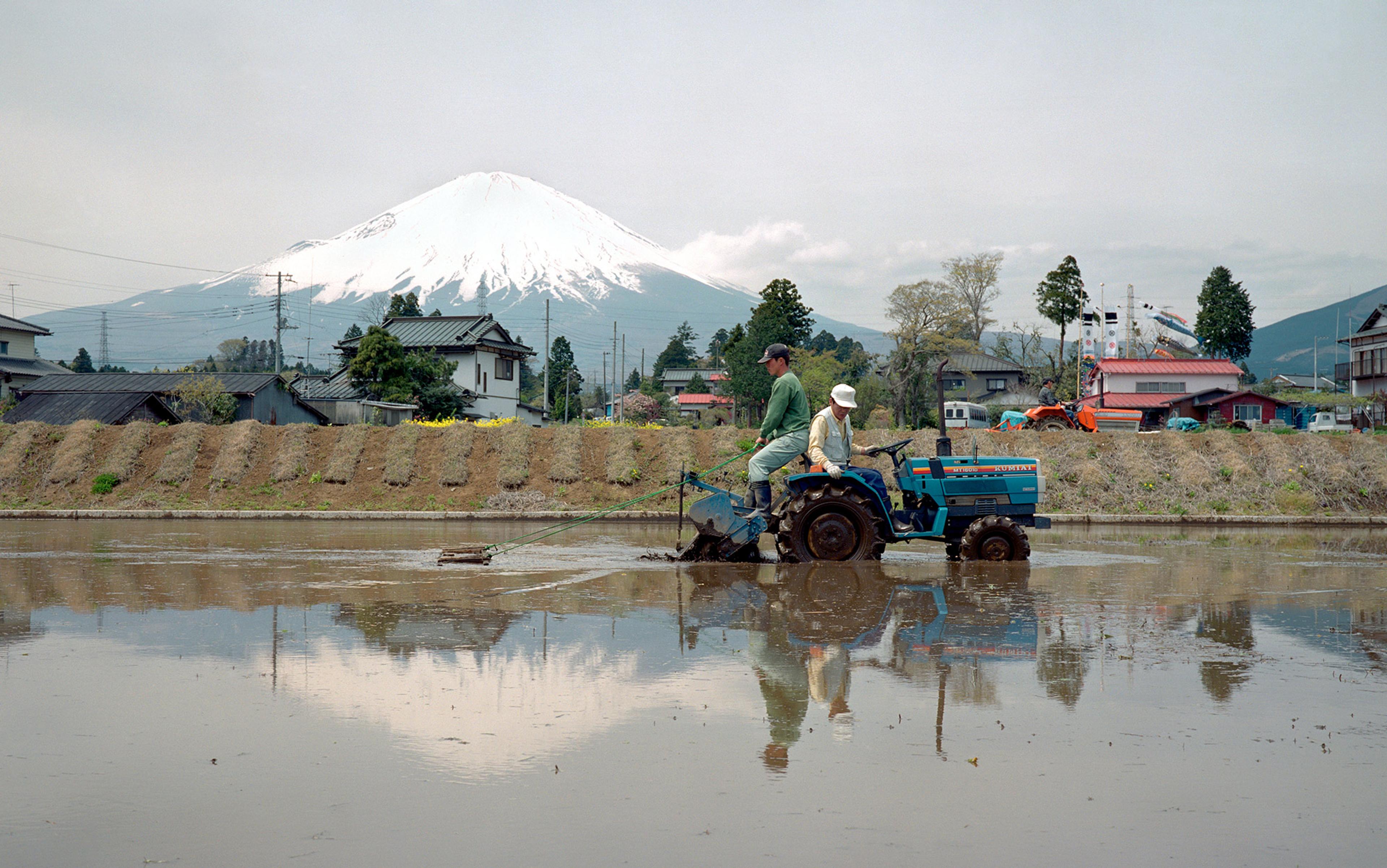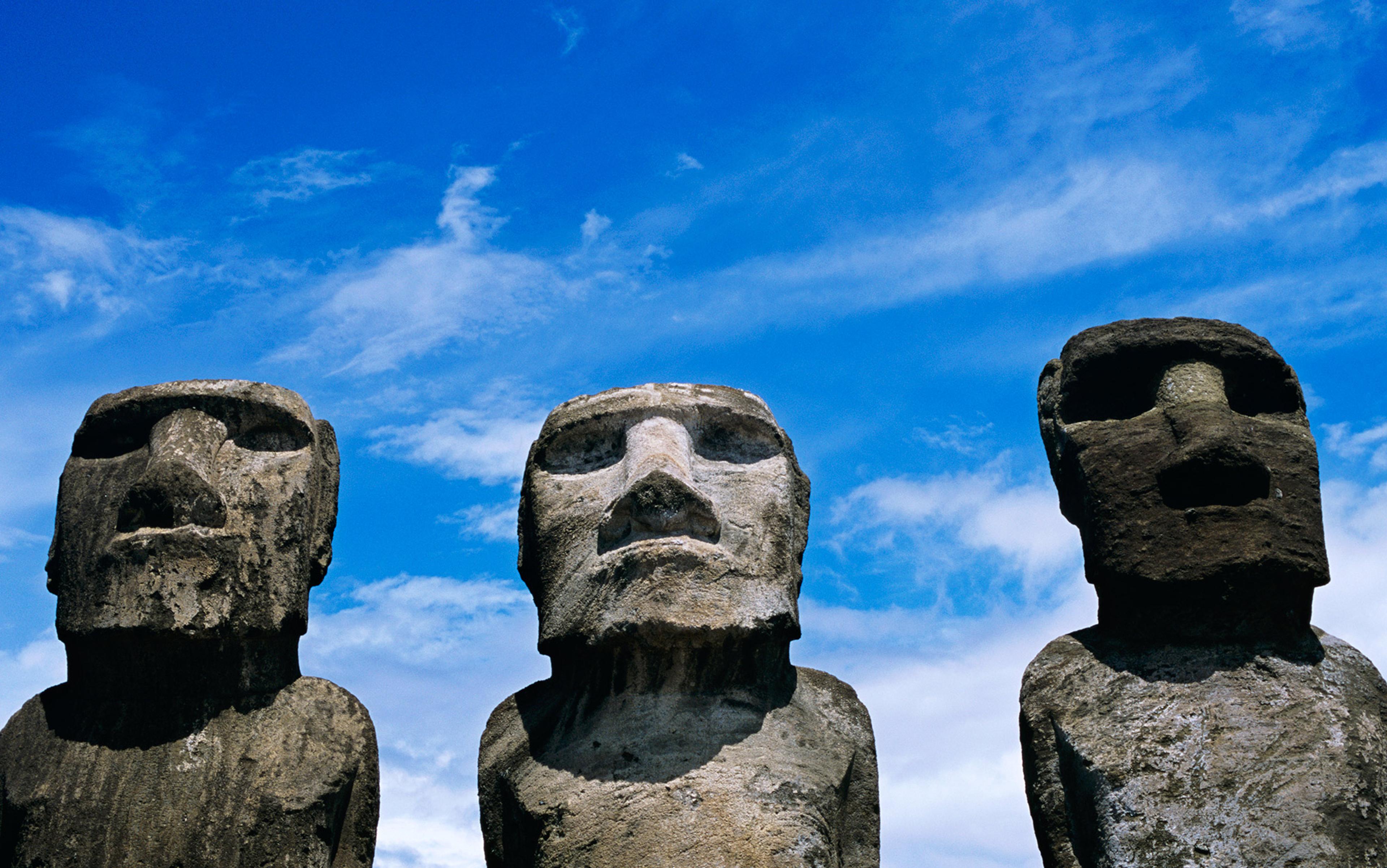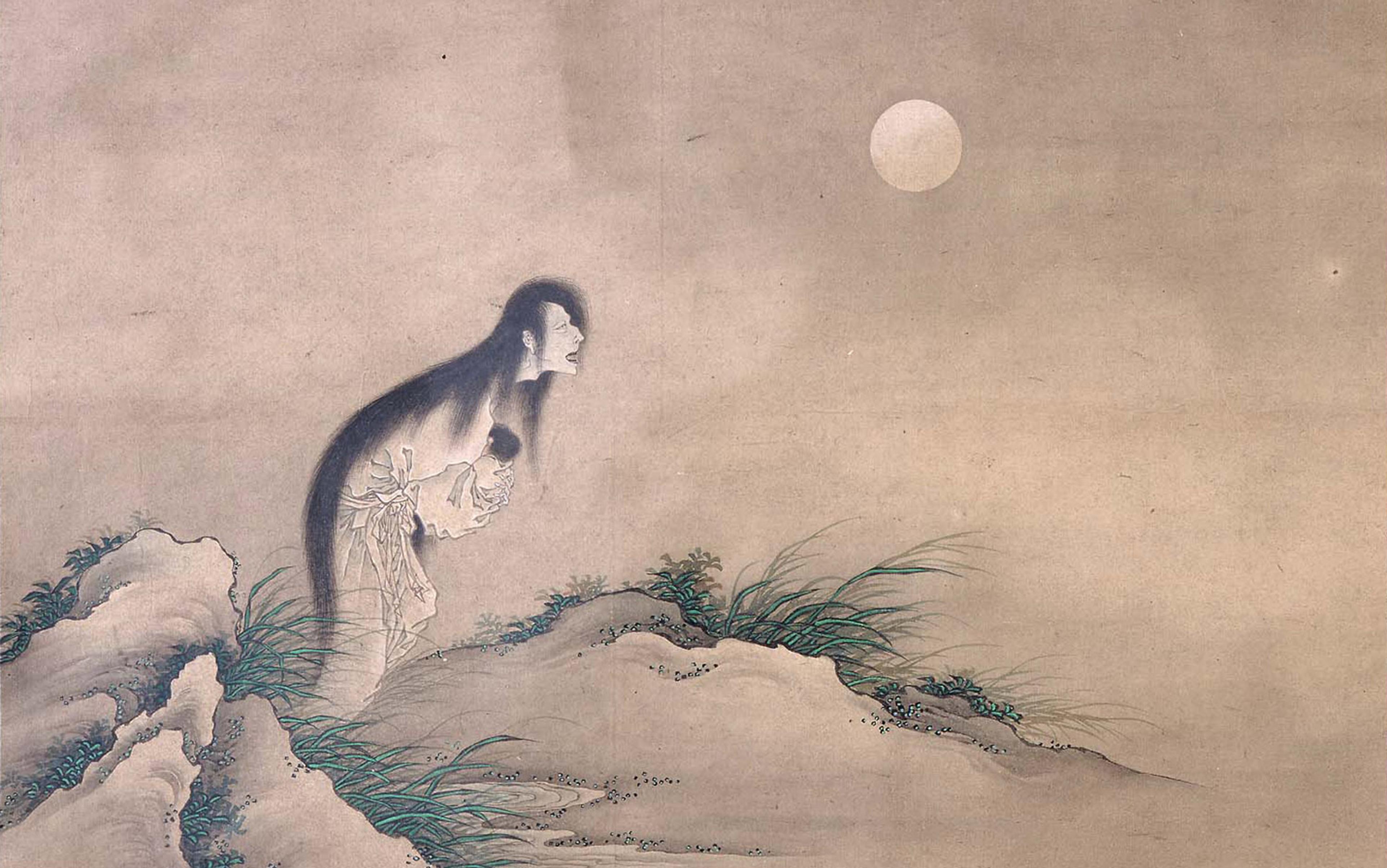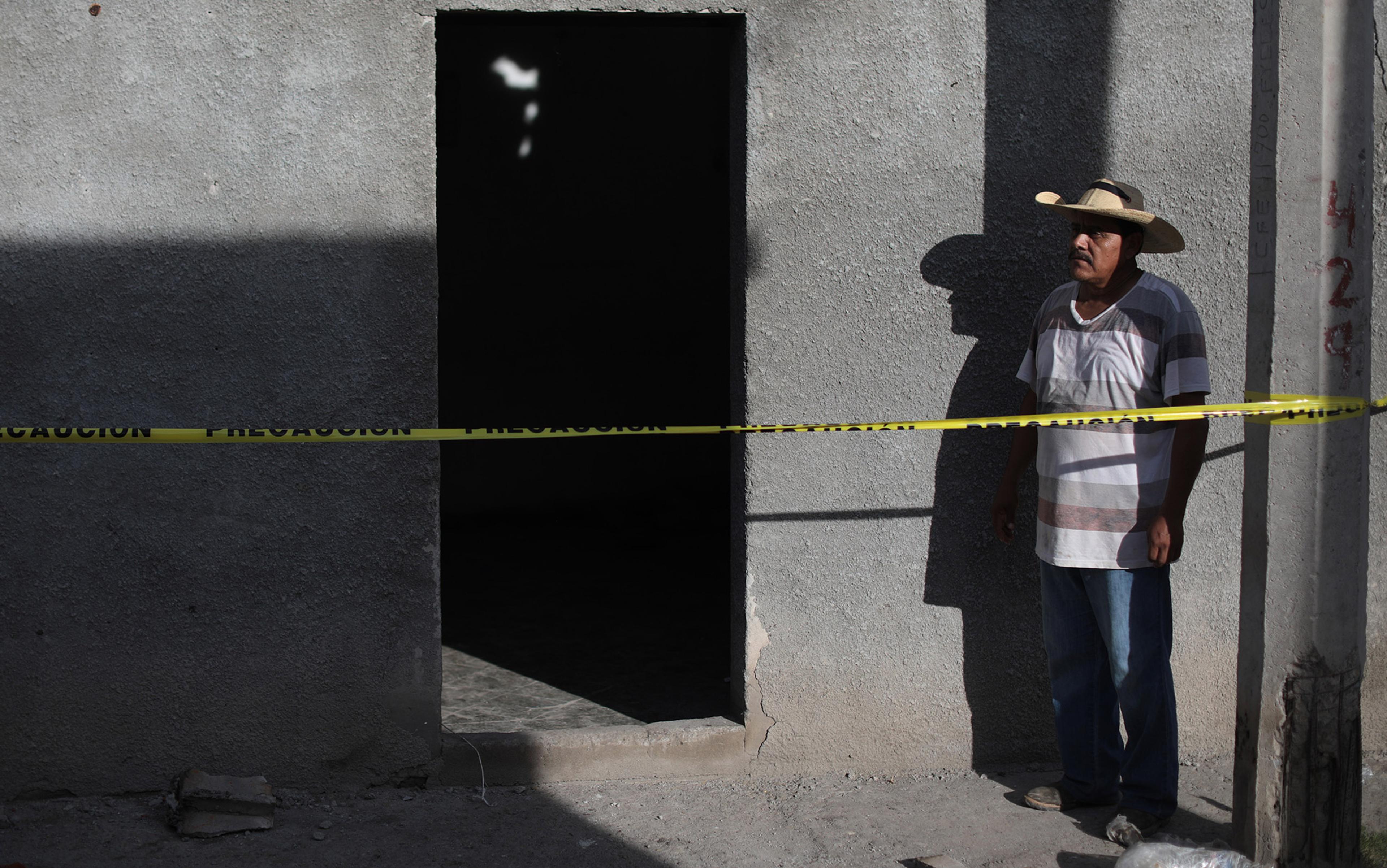Shortly before 8am on 26 December 2004, the cicadas fell silent and the ground shook in dismay. The Moken, an isolated tribe on the Andaman Islands in the Indian Ocean, knew that the Laboon, the ‘wave that eats people’, had stirred from his ocean lair. The Moken also knew what was next: a towering wall of water washing over their island, cleansing it of all that was evil and impure. To heed the Laboon’s warning signs, elders told their children, run to high ground.
The tiny Andaman and Nicobar Islands were directly in the path of the tsunami generated by the magnitude 9.1 earthquake off the coast of Sumatra. Final totals put the islands’ death toll at 1,879, with another 5,600 people missing. When relief workers finally came ashore, however, they realised that the death toll was skewed. The islanders who had heard the stories about the Laboon or similar mythological figures survived the tsunami essentially unscathed. Most of the casualties occurred in the southern Nicobar Islands. Part of the reason was the area’s geography, which generated a higher wave. But also at the root was the lack of a legacy; many residents in the city of Port Blair were outsiders, leaving them with no indigenous tsunami warning system to guide them to higher ground.
Humanity has always courted disaster. We have lived, died and even thrived alongside vengeful volcanoes and merciless waves. Some disasters arrive without warning, leaving survival to luck. Often, however, there is a small window of time giving people a chance to escape. Learning how to crack open this window can be difficult when a given catastrophe strikes once every few generations. So humans passed down stories through the ages that helped cultures to cope when disaster inevitably struck. These stories were fodder for anthropologists and social scientists, but in the past decade, geologists have begun to pay more attention to how indigenous peoples understood, and prepared for, disaster. These stories, which couched myth in metaphor, could ultimately help scientists prepare for cataclysms to come.
Anyone who has spent time around small children gets used to the question ‘why?’ Why is the sky blue? Why do birds fly? Why does thunder make such a loud noise? A friend’s mother told us that thunder was God going bowling in the sky. Nature need not be scary and unpredictable, even if it was controlled by forces we could neither see nor understand.
The human penchant for stories and meaning is nothing new. Myths and legends provide entertainment, but they also transmit knowledge of how to behave and how the world works. Breaking the code of these stories, however, takes skill. Tales of gods gone bowling during summer downpours seems nonsensical on the surface, but know a little about the sudden thunderclaps and the clatter of bowling pins as they’re struck by a ball, and the story makes sense.
In 1968, Dorothy Vitaliano, a geologist at Indiana University, pioneered the study of cultural myths that told of real geological events. Ancient Sanskrit tales told of entire cities that sunk beneath the waves with all the hallmarks of a tsunami. Plato’s story of the utopian Atlantis, destroyed by the gods in a wreckage of fire, might have referred to a volcano that partially destroyed the Greek island of Thera more than 3,500 years ago.
This story wasn’t simply a saga of angry gods but a geological record of an ancient eruption
Vitaliano published her work in a folklore journal, not a scientific one. It would take another geologist, Patrick Nunn of the University of the Sunshine Coast in Australia, to bring the field more fully into the physical sciences. Nunn’s work in the paradisiacal South Pacific gave him the opportunity to immerse himself in the islands’ traditional cultures. A group on Fiji regaled him with a story of Tanovo, the ancient chief of the Fijian island of Ono. One day, Tanovo ran across his main rival, the chief of the volcano Nabukelevu. To intimidate Tanovo, the volcano chief made Nabukelevu rise up and belch gas and burning rock into the air. Tanovo responded by weaving massive baskets to remove the mountain, dropping the debris in the ocean to create new islands. To Nunn, this story wasn’t simply a saga of angry gods but a geological record of an ancient eruption. Pressure from magma can make a volcano expand in size before the release of gas and ash. Geologists knew that small islands around Fiji were the result of volcanic rubble, but Nunn was the first geologist to hear these stories and read between the lines.
The problem was that the best geological evidence Nunn could find dated the last eruption of Nabukelevu to 50,000 years in the past, long before any humans inhabited Fiji. Nunn wrote off the tale as merely a fanciful story, and it would have remained that way if not for a new road being built near the volcano. When construction workers dug out the roadbed, they discovered pottery fragments mixed in a three-foot layer of ash. Further analysis revealed that the fragments were 3,000 years old, dating to 1,000 years after humans first arrived on Fiji.
These stories, in synch with archaeological finds, provided evidence of ‘geological events we don’t have access to any other way. There are not many examples of wholly invented myths – ancient humans were not like modern fiction writers. The point of these stories was to pass knowledge along,’ Nunn explained.
Brian McAdoo, a tsunami scientist at Yale-NUS in Singapore, began his career plumbing the depths of the ocean in high-tech submersibles to understand the earthquakes that triggered tsunamis. In 1998, a magnitude 7.1 earthquake struck off the northern coast of Papua New Guinea, triggering a tsunami estimated to have killed more than 2,000 on the island. The quake was comparatively gentle for such a deadly tsunami, which led McAdoo to begin looking at the social and cultural factors that made some geological disasters deadlier than others. His research introduced him to local tribes who told him traditional stories about earthquakes and tsunamis from the past.
‘A lot of the people we talked to said that their grandmothers would tell these stories about how their grandmothers survived a tsunami,’ McAdoo said.
As McAdoo was delving into the mysteries of Fijian stories in the southwestern Pacific, other scientists were using a similar strategy to study seismic events in the Pacific Northwest. Brian Atwater, an employee of the United States Geological Survey (USGS) in the 1970s and ’80s, was tasked with mapping the earthquake risks across Northern California, Oregon, and Washington. To do that, Atwater needed information about previous earthquakes that had struck the area. Written records dated back only about 200 years, so Atwater, now at the University of Washington in Seattle, initially relied on information that he could glean from the soil and rocks.
His work sent him into areas where native peoples had lived for thousands of years, and they told the government scientist their own myths about gods who walked the earth, stomping their feet and making the ground shake, as well as giant waves that swept over the land shortly thereafter.
In 2007, Atwater identified a massive earthquake that spawned an equally massive tsunami, decimating villages and forever altering the landscape of the Pacific Northwest. When his team dated the debris from the earthquake, he discovered it had occurred around the year 1700.
‘It was a horrible thing – the burial of a house and no doubt its occupants. It’s a really sobering experience to sift through those artefacts’
When Japanese seismologists heard of this date, they immediately contacted Atwater about a rogue tsunami that no one could explain. The Japanese, of course, were long familiar with tsunamis, having coined the word. They knew that the wall of water always followed an earthquake, and people living along the coast had learned to seek higher ground when they felt the ground start to shake. Yet in the 12th year of the Genroku era, or 1700 CE, a tsunami had hurtled itself into Japan’s eastern shore, but without an accompanying earthquake.
Modern seismologists guessed that the tsunami must have been spawned by an earthquake on the other side of the Pacific, but they couldn’t be any more specific. Atwater’s work gave them the missing information: in the Cascades, the Juan de Fuca plate dives beneath the North American plate, but it doesn’t move smoothly. The rocks get stuck, and tension builds. When the stress becomes too high, the fault ruptures and the plates move – a process that humans describe as an earthquake. Based on the precise recordings of the Japanese tsunami, the researchers provided a much more precise date for the earthquake that devastated the Pacific Northwest. Sometime around 9pm on Tuesday, 26 January 1700, a magnitude 9.0 earthquake hit as the plates violently released the stress pent up in the rocks.
‘It was a horrible thing to contemplate – the burial of a house and no doubt its occupants, as well as so many other parts of their lives. It’s a really sobering experience to sift through those artefacts,’ Atwater said.
Linking traditional Native American stories to historic records of a Japanese tsunami was considered an exception, not the start of a fruitful geological collaboration. It seemed that McAdoo, Nunn and Atwater’s explorations would be confined to the fringes of geology.
Then the 2004 tsunami struck.
A century before, a tsunami had slammed into the Indonesian island of Simeulue, killing hundreds and leaving even more homeless. The event was seared into the memory of those who survived, determined to pass their hard-earned wisdom along to their children. Their instructions were devastatingly simple: if the water recedes after an earthquake, run immediately to high ground. They didn’t invoke gods or the supernatural, but these types of warnings likely formed the kernel of later myths and traditional stories, Nunn says. During the tsunami of 2004, their efficacy was clear. On Simeulue, with a population of more than 80,000, only seven people died. Before the roar of the waves drowned out human voices, the island was filled with shouts of ‘Smong! Smong! Smong!’, the local word for a tsunami.
Such stories regularly cropped up in the weeks and months following the tsunami. Residents of remote villages knew exactly what to do and survived with relatively few casualties. As the stories gained in popularity, the idea that they had valid geological merit began to grow.
‘The 2004 tsunami completely changed how science looked at disasters. There were more conversations between social scientists, natural scientists, and engineers, which led to more insights on how and why these disasters happened,’ McAdoo said.
Most recently, a paper in Science published in August 2016 revealed geological evidence for a massive ancient flood in China that had long been rumoured to have spurred the formation of the country’s first imperial dynasty. Around 4,000 years ago, the stories go, an ‘Emperor Yu’ rose to power based on his ability to drain lowlands of flood. No one knew whether Emperor Yu was a real person or whether the floodwaters he tamed actually existed.
Yet studying the landslides in the Jishi Gorge that dammed the Yellow River high in the Tibetan plateau, a team of Chinese scientists gathered archaeological and geological evidence to demonstrate that the dams failed right around the time that China’s first dynasty emerged. The failure rerouted the Yellow River, a dynamic that could lead to persistent flooding downstream. The researchers also found evidence of large-scale drainage projects in the Yellow River delta that popped up not long after the Jishi Gorge landslides.
My personal suburban legends left me intimately familiar with what to do if I ever saw a funnel cloud
The destructive power of natural disasters hasn’t diminished in the thousands of years during which these stories were told and retold. And humanity now faces an even greater catastrophe in the form of climate change. Unlike floods, earthquakes, tsunamis and volcanoes, the devastation from global warming isn’t sudden and violent. It has been creeping up on us for decades, but that doesn’t mean it will be any less deadly. To fight these changes, humanity needs a new set of tales.
On Fiji, 25-year-old Betty Barkha is traversing her homeland to gather stories of how locals are responding to increased cyclones and flooding caused by our changing climate. These stories might not have the nail-biting drama of oral epics filled with supernatural forces, but they can connect with readers and listeners in ways that dry data from government agencies can’t.
Most humans don’t spend their evenings swapping stories around a campfire, but we haven’t lost our penchant for myth. The same summer storms caused by gods gone bowling could also generate tornadoes. As a child in the Midwest, I knew all the signs: a sky that looked like pea soup, wind that had the angry roar of an oncoming train, and the plaintive wail of a warning siren. A few years before I was born, a tornado had ripped through my town, leaving a path of debris less than a quarter mile from my home. Decades later, stories are still told of how a gas station was levelled on one side of the street but a building diagonally across was untouched. My personal suburban legends left me intimately familiar with what to do if I ever saw a funnel cloud.
Whether the disaster is earthquake, volcano or ocean wave, modern responses will likely involve cutting-edge science, but chances are we’ll also be spinning stories for aeons to come.

